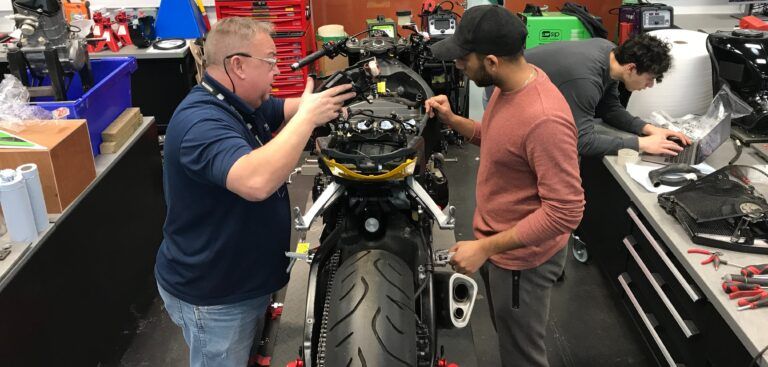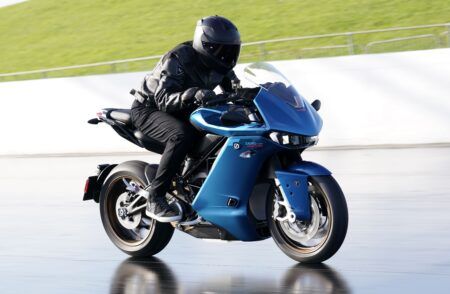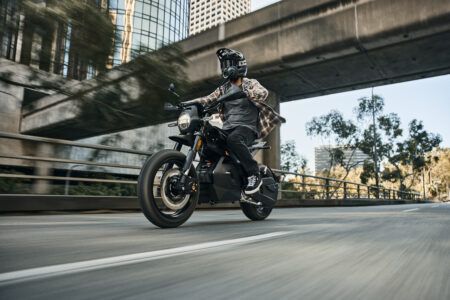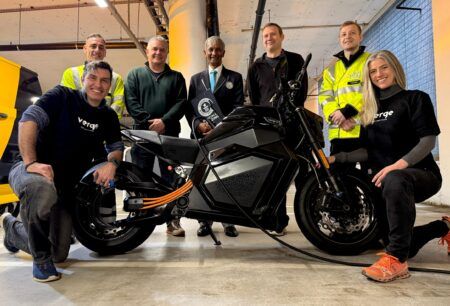Warwick Moto team, consisting of 25 Warwick students aren’t letting the pandemic get in the way of designing, building and developing an electric superbike, as they’re doing it virtually from home.
It was hoped that the Warwick Moto team would see their electric superbike Aurora race this summer with racer Tom Weeden racing it for them. Although plans are on hold due to the current pandemic, students have tried to make the most of their time during lockdown by carrying out virtual meetings to progress on the project as a whole.
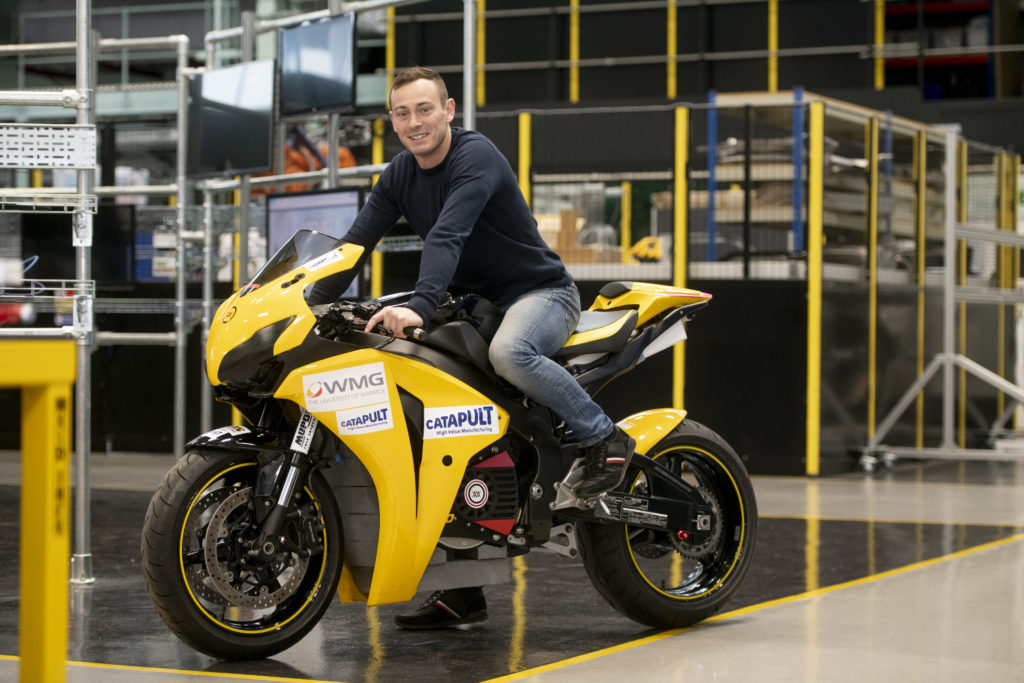
Meeting online, the 25 students from a range of Departments including: WMG, School of Engineering, Computer Science, Physics and Maths have redesigned a vital part of the superbike chassis, the subframe.
The subframe is an integral part of the motorcycle geometry, therefore, has an impact on handling characteristics of the superbike by defining the seating position of the rider. The subframe for Aurora will also package a critical powertrain component, the inverter for the 3-phase 150 kW (200 bhp) electric motor along with some low voltage components.
The team utilized previously gathered data from the strip, measure and weigh activities performed in November 2019 before lockdown, with the help of the metrology team at WMG. This exercise enabled them to define the necessary constraints for the position of the subframe. They have managed to make it 1.5kg lighter than a stock Honda Fireblade subframe and roughly 300g than a racing one. It’s made using carbon fiber and aluminum parts as opposed to just aluminum, reducing weight and increasing the overall stiffness.
Nesta Ferguson and Aneesh Jois, two first year School of Engineering students, have led the design and engineering cycle behind the subframe while discussing ideas, constraints and risks with the rest of the team through online meetings.
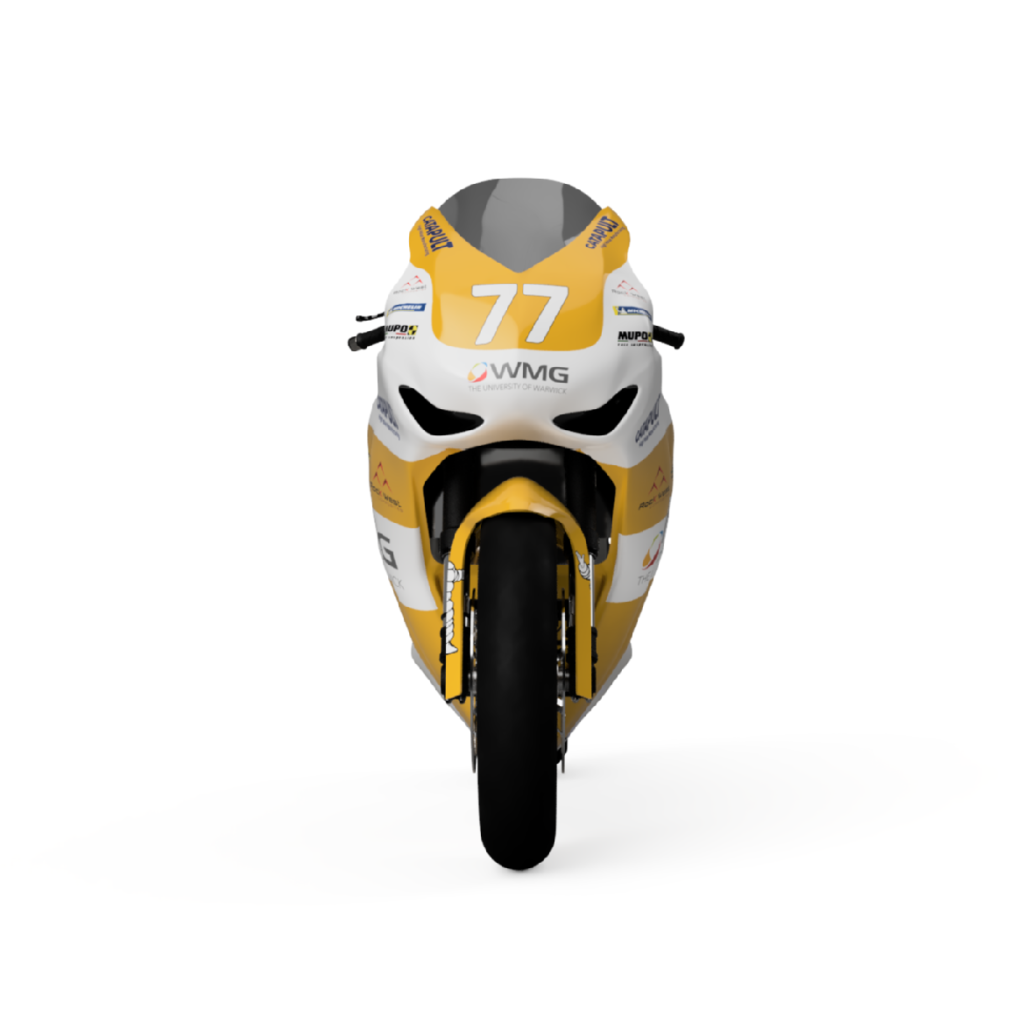
Aman Surana, a School of Engineering student and the Chief Engineer for the Warwick Moto team comments:
“We wanted to make the most out of lockdown and try to use this setback as an opportunity to enhance the bike instead. The team’s design intent was to create something simple, easy to assemble and the ability to be built off-site.
“The current global situation demands for concepts that can be built while maintaining social distancing, this new design helps us achieve that as it can be put together by a single person. As a result, we can utilize workshop time for other critical activities.
“We believe this concept could be used by other racing enthusiasts, as it’s made using stock carbon fiber tubes cut to size and bonded to aluminum joining nodes, where the contact surfaces have been sanded to increase bond strength and area. Moreover, it has the potential to be used on other parts of the superbike at a much lower cost than traditional composite only components.”

Having spent the last 3 months to continuously come up with various load-cases to simulate and optimize the subframe structure, the team have used techniques such as shape optimization to minimize the amount of material used.
The team are still hoping to be able to test the bike in winter, as a competition between University teams is still hoping to take place early next year, however their long-term objective is to compete with a podium qualifying time at the Isle of Man TT 2022.
Rock West Composites are donating the raw material required for this concept along with advice to improve things like bond strength from their years of experience with composites. Xometry Europe have supported the team by providing on-demand manufacturing services that have enabled the manufacture of the joining nodes. The team will be able to assemble this concept off-site with the support of Rock West Composites and Xometry Europe.
Support from industrial partners include High Value Manufacturing (HVM) Catapult team at WMG, MUPO Race Suspension, Michelin Tyre PLC, DYMAG Performance Wheels, MIVOLT, Demon Tweeks, SITRAmoto and Rajputana Custom Motorcycles.


